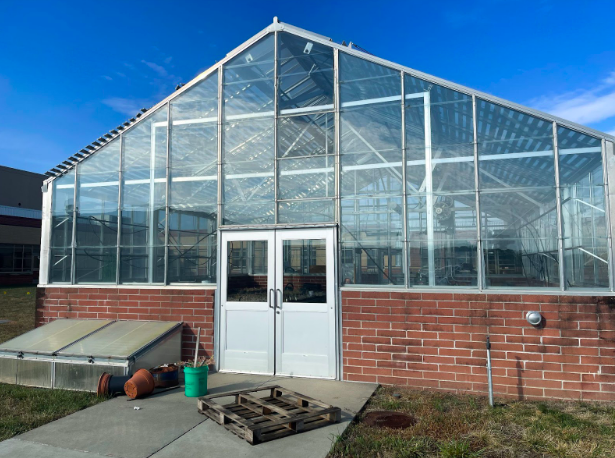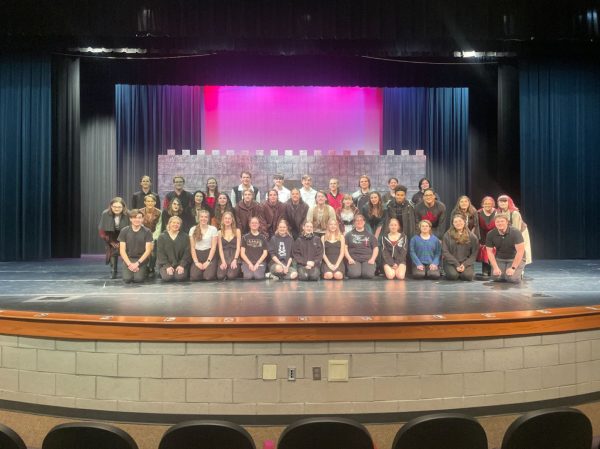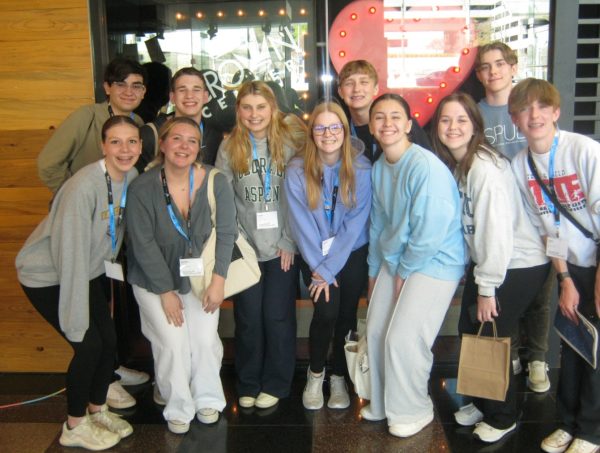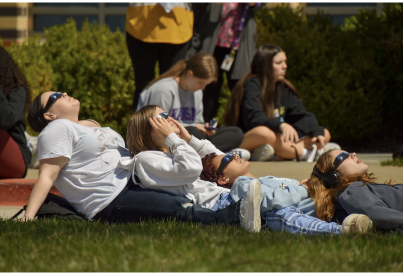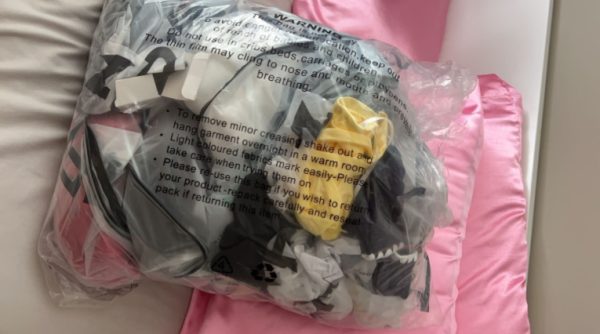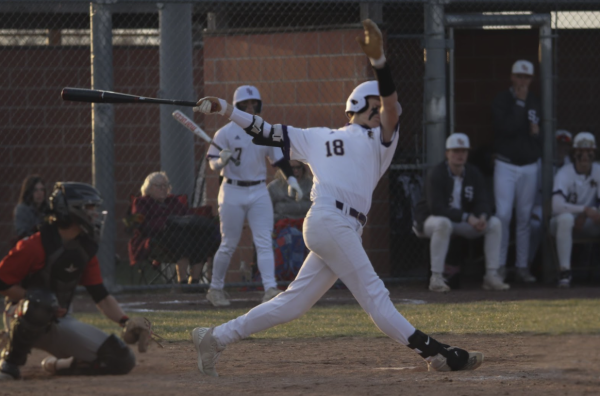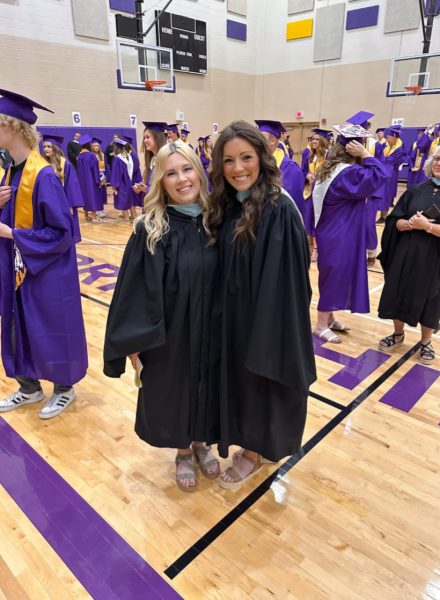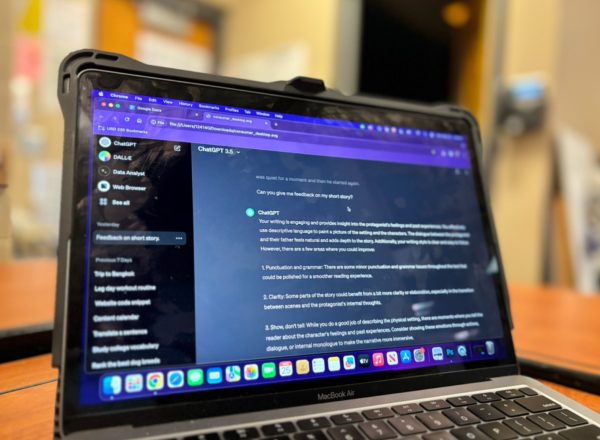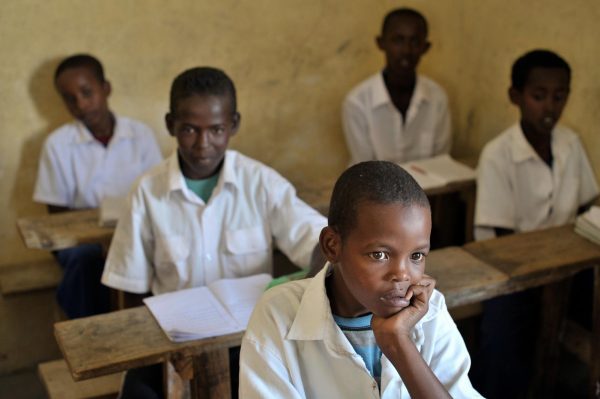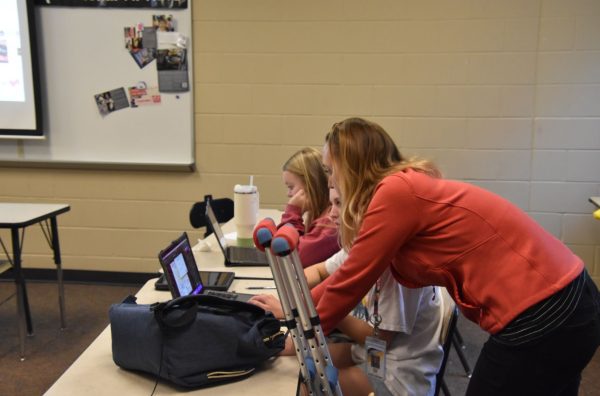Horticulture’s Late Bloom
By now, applications in horticulture would already have their seeds planted in the greenhouse and have the flower shop up and running. But this year, no students have signed up for the class, so the greenhouse sits empty until the horticulture 1 class is prepped and knowledgeable enough to grow the spring plants.
“This year we do not have an applications in horticulture class because we didn’t have any kids who took [horticulture 1] last year that decided to take it this year, so it’s actually sitting empty right now. But in the spring, [horticulture 1] will seed a bunch, we’ll get some cuttings and some prepropogaded plants in, and then we will get things growing for our spring sale,” Alicia Hampton, agriculture teacher, said.
Before they are ready for spring, the four kids in [horticulture 1] must be knowledgeable of how plants work, and how they will tend for certain plants. Hampton explained that the lack of students that signed up for applications in horticulture may be due to the COVID-19 pandemic, and also the fact that horticulture does not count as a science class to graduate. Overall, the students taking [horticulture 1] will have a lot of work cut out for them this upcoming spring.
“We’re kind of in a growth year. Normally we have eight to 10 [students] in [horticulture 1], and four to five in [applications in horticulture]. It’s going to be a challenge this year getting the greenhouse seeded and planted [and] they’re going to end up spending more time there than we would traditionally. [This is] because we have so much to do. We have to do the same amount of plants we normally do and we have four people to do it. Which is fine, but they’ll also be running the florist shop in the spring… But I think that they are going to enjoy it,” Hampton said.
Another person who uses the greenhouse is Corey Katzer, science teacher. Katzer uses it for his own entertainment and enjoyment. While the greenhouse is unoccupied, Katzer uses the space to store his tropical plants in the winter.
“It was just sitting there empty, and I didn’t know if they used it or not, so I asked if horticulture used it and they said [they only use it for their spring plant sale]. Shortly after the horticulture’s seeds sprout, by that time it’s usually April and I’ll move the plants to my house for a week or so,” Katzer said.
Katzer also donates most of his tropical plants he grows to Horticulture when they start their sale in the spring.
“Horticulture 1 does their plant sale, and when I break the plants apart and spread them, I donate those plants to the horticulture, the new ones. They can sell them as a part of their plant sale and they can take all the profits,” Katzer said.
With the greenhouse being a part of the high school since 2008, students in the past have enjoyed pursuing this work. Hampton talked about the trustworthiness of the students having this responsibility being another crucial part. The work of the greenhouse takes a lot of work from students.
“Essentially, they are running businesses all year round, and that’s a lot of work for some kids. This is the first year we haven’t [had many students doing this], but I do firmly believe that a lot has to do with [the COVID-19 pandemic],” Hampton said.
Despite the decline of students interested in contributing to the greenhouse, Hampton said that she anticipates the horticulture program to go back to its originality within the next few years.

Hi everyone! My name is Callie Holmes and I am the editor in chief of the Stampede News. This is my second year in Spub and I am so excited to be running...


